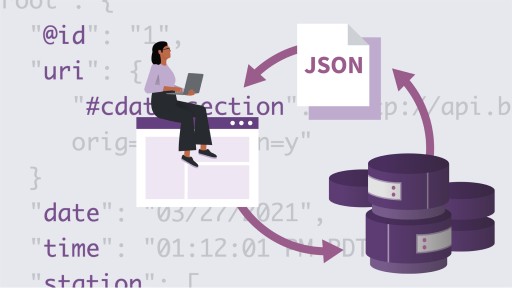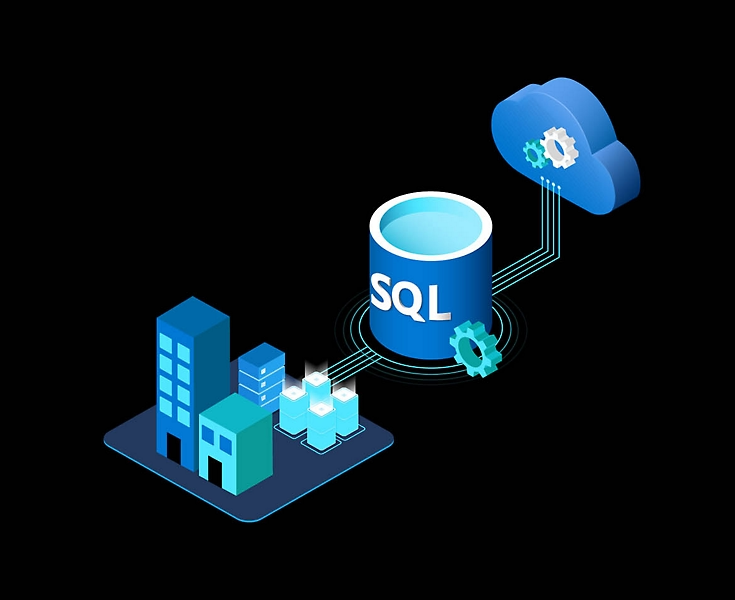XML | JSON | AJAX
Blogpost #6
A. Engage
Instruction: Based on your own understanding, kindly define the following terminologies:
A.XMLXML is a language used for storing and moving data. It is based on tags that define different elements within a document, and these tags can be customized to suit specific requirements. XML enables developers to structure and organize data in a way that is suitable for their particular use case.
B.JSON
JSON is an acronym for JavaScript Object Notation, which is a simple and lightweight data format that can be easily read and written by humans and machines. It is not tied to any specific programming language and is supported by many popular programming languages. The data in JSON is organized as key-value pairs, with the key being a string and the value being one of several data types. JSON objects are enclosed in curly braces, while arrays are enclosed in square brackets.
C.AJAX
AJAX stands for Asynchronous JavaScript and XML. It is a web development technique
that allows web pages to be updated asynchronously by exchanging data with a web server in the background, without disrupting the current page. It is often used to build dynamic web applications and web pages that provide a more seamless and responsive user experience. AJAX can be used with various web technologies including HTML, CSS, JavaScript, and XML or JSON for data exchange.
B. EXPLORE & EXPLAIN
Answer the following questions:
1. What is the difference between JSON and XML?
JSON and XML are two popular data formats used in web development and data exchange. JSON stands for JavaScript Object Notation, and it is a lightweight format for storing and exchanging data. It is easy to read and write, and it is often used in web APIs and mobile applications. XML stands for Extensible Markup Language, and it is a more complex format that allows for more structured data storage and exchange. It is often used in enterprise applications and data exchange between different systems. While both JSON and XML serve the same purpose of data exchange, they have different syntax and features, and the choice between them depends on the specific requirements of the application or system being developed.
2. What is the difference between JSON and JAVASCRIPT?
JSON and JavaScript are two different things with distinct purposes. JSON stands for JavaScript Object Notation, which is a lightweight data format used for data interchange between systems. It is language-independent and can be used with any programming language. On the other hand, JavaScript is a programming language used for creating dynamic web pages and client-side scripting. While JSON is used for data exchange, JavaScript is used for creating interactive web pages and applications. Although they share the word "JavaScript" in their names, they serve different purposes and are not interchangeable.
3. What is the difference between OBJECTS and ARRAYS?
The distinction between objects and arrays in programming can be confusing. Objects are a collection of properties, each with a key and a value, while arrays are an ordered list of values, accessed by index. An object is often used to represent a single entity or concept with many attributes, while an array is used to represent a list of similar items. Arrays are useful for working with collections of data, while objects are useful for representing more complex data structures with multiple attributes. In summary, objects and arrays have different structures and are used for different purposes in programming.
C.ELABORATE & EVALUATION
Answer the following questions: Acronym
JavaScript Object Notation 1. JSON
Hypertext Transfer Protocol 2. HTTP
Extensible Markup Language 3. XML
Asynchronous JavaScript and XML 4. AJAX
Hypertext Preprocessor 5. PHP


Comments
Post a Comment